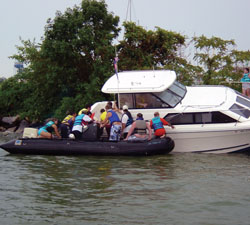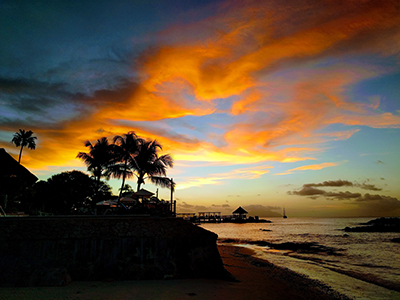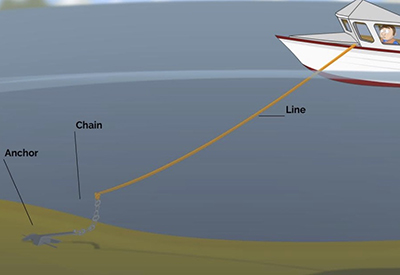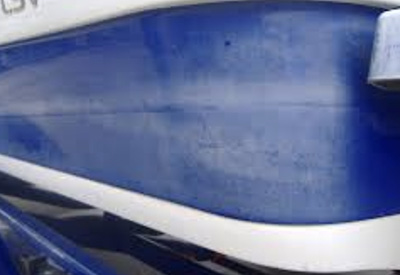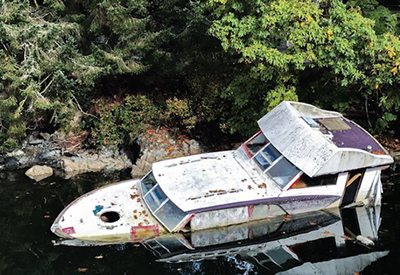Marine Surveys – The What, How and Why – Part 2 My Survey
Feb 8, 2024
By Marc Robic
In Part 1 of this series, Marc Robic looks at surveys and how to best deal with yours
Like many boat owners do every year, I received a message from my insurance company asking me to provide an updated survey which was to be done prior to the next launch.
To be honest, this kind of upset me for a few reasons. 1) My boat is in great shape and in no need of a survey; 2) the cost of the survey itself felt like a waste of money and 3) not negligible is the fact that in the 40 years I have been an active boater, I have witnessed a few “shady” surveyors doing a dubious job who should not even be licensed.
On the other hand, however, I am glad some boats do get surveyed as their seaworthiness is somewhat questionable.
To be objective, I decided to investigate a few things with the insurance companies and thought I would walk you through my own survey, which was performed in April 2023.
To avoid any delays come spring, in November 2022 I booked a survey date for the upcoming April. This would ensure a proper hull moisture reading. NOTE: Having a survey done the same day, or within two or three days of being hauled-out would most likely result in a false moisture reading. Any surveyor who takes a moisture reading moments after the boat is hauled out should be avoided!
Two weeks prior to my inspection date, the surveyor emailed me a reminder including a short list of things to do in order to be prepared and make the survey as smooth as possible. This list included:
- Uncover the boat
- Have the boat registration documents on hand
- Have all equipment that may have been home for the winter on hand for inspection (sails, for example)
- Remove all clutter to ensure all compartments and hatches are easily accessible
- Make sure there is easy access to all thru hull fittings
- Install batteries
- Connect to shore power (if so equipped)
- Have a copy of the last survey on-hand (if applicable)
- Provide all receipts for any major repair work completed (if applicable)
On the day
If you have never witnessed a boat survey before, do not be alarmed when the surveyor takes out his hammer and starts tapping your boat everywhere! Under normal circumstances, anyone doing this to our beloved boat would be charged with a punishable offense and sentenced to “walking the plank”! But when doing a survey, this is normal: using sound and feeling is how problem areas, such as any delamination or water penetration, can be detected.
Once the survey is completed, it should include an inventory list of all equipment onboard including all electronics, safety equipment, tender, outboard, life jackets, serial numbers, etc. Make sure you bring all these with you to have on hand for the survey.
The survey will identify any items or issues that require attention. In the case of my surveyor, he prioritizes these as A, B and C:
- Things that need immediate attention before launch. In addition to the obvious aforementioned items, it will also include safety equipment, jackets, navigation lights, proper mooring lines, anchor, and rode, thru hull fittings, hose clamps, etc.
- Things that need attention whenever possible such as worn engine mounts, loose stanchion, leaky window, worn zinc anodes, etc.
- Things that are mostly esthetic or not critical.
However, insurance and industry requirements do change. A more recent requirement is the installation of a carbon monoxide detector/alarm on all boats with a cabin. This applies to all boats whether or not there is a fuel source inside the cabin, as the presence of carbon monoxide can also occur from backdraft emanating from the exhaust.
Expect a proper survey to take a few hours. Mine took a little over three and, according to the surveyor, the fact I had everything ready was a big help and time saver.
The results
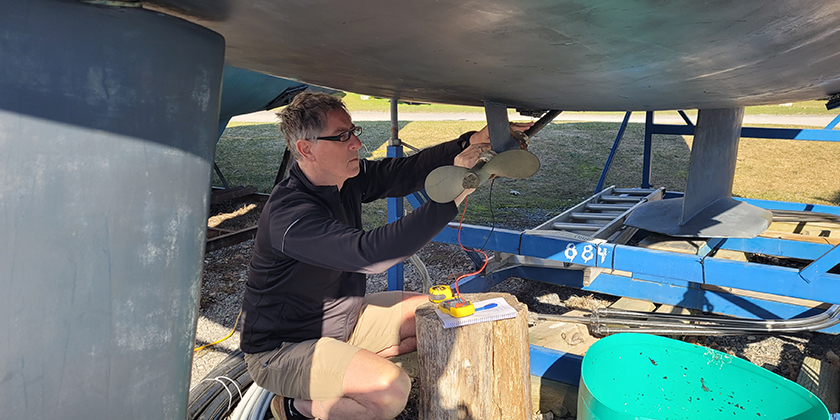
Checking anodes for conductivity
Although I went into the survey with some apprehension, I must admit that in the end, I enjoyed the experience. And despite my believing that all was good, three issues did come up that, honestly, I would not have thought of or remembered to check. Thankfully, these fell into the B category and have already been taken care of.

Anodes-weed cutters on prop shafts
- My anodes needed attention! A conductivity test revealed that my sacrificial anodes where no longer properly working. Simply fixed by removing and sanding the shaft and anodes, which took me about 20 minutes. If your harbour has electrical power provided at the dock, the anode conditions are indeed very important.
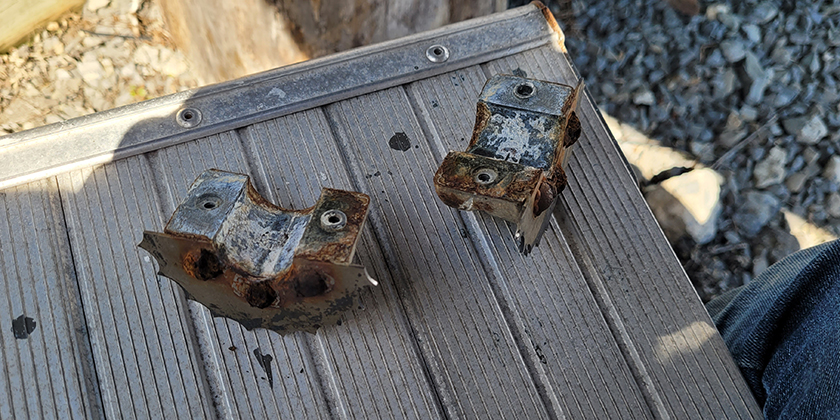
I easily addressed this problem
- The freshwater filling plate on deck was no longer properly sealed, allowing some water penetration inside the decking. Also quickly remedied by removing the 3 retaining screws, lifting the filling plate up to clean the deck and fitting surfaces, add sealant and refit the screws. Took about 30 minutes.
- My emergency flare gun cartridges where expired and need replacement. A visit to my local chandlery solved that issue. I can dispose of my expired cartridges when my local CPS (Canadian Power & Sail Squadron) have their annual expired flare and cartridge collection.
In the end, I found the experience positive and have gained not only a much greater understanding of why insurance companies do require these, but more importantly, of why any boat owner or prospective buyer should get a survey done.
Marc Robic
mrobic@aol.com
INFORMATION about the writer:
Marc is a member of the Canadian Power & Sail Squadron. He and his wife sail their Catalina 270, Aquaholic 3, out of the Ile-Perrot Yacht Club in Montreal, where Marc spent 16 years as Harbour Master. They are also regular Caribbean bareboat yacht charterers. With over 40-years’ experience, Marc is also an avid onboard do-it-yourselfer.

